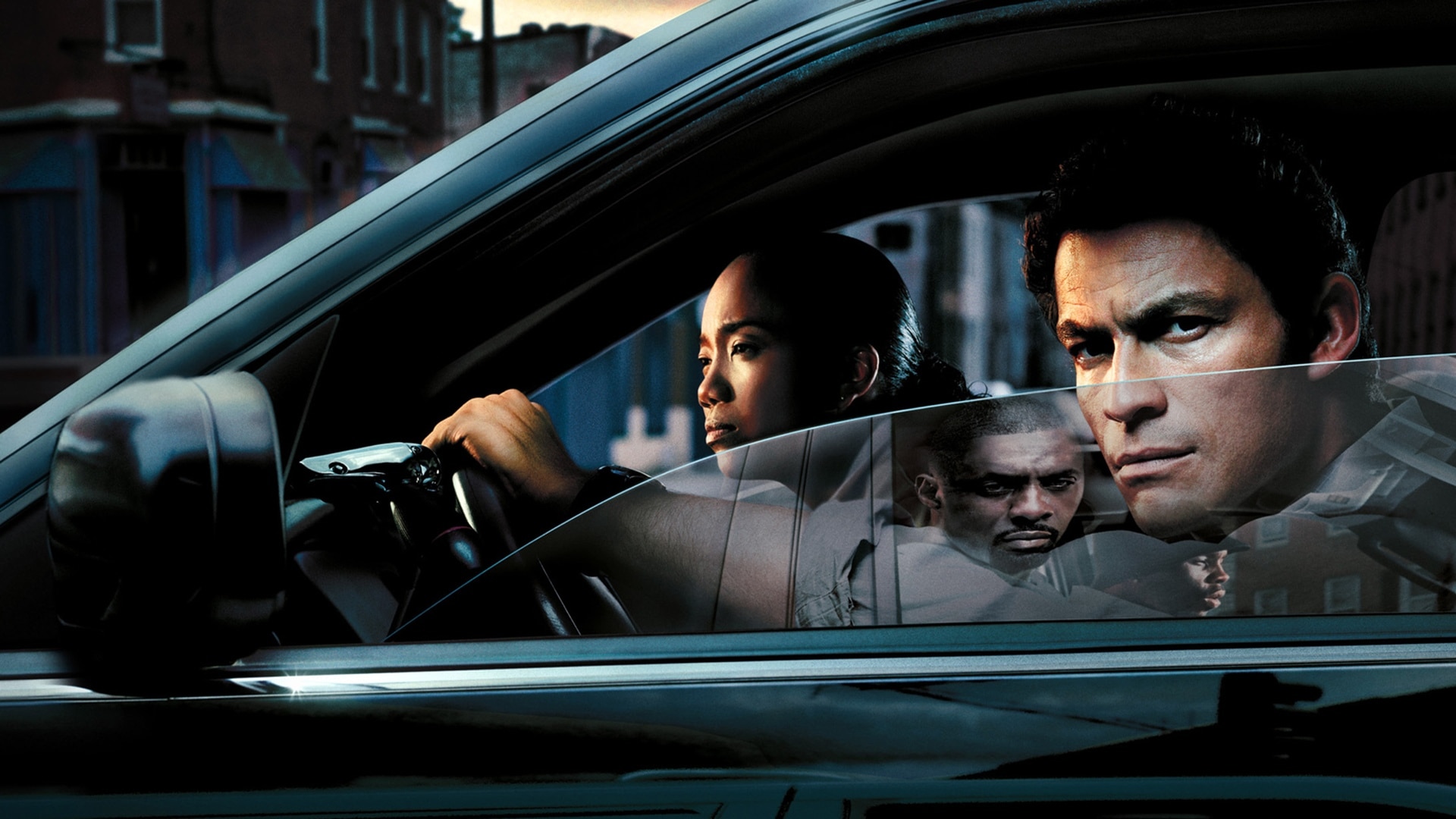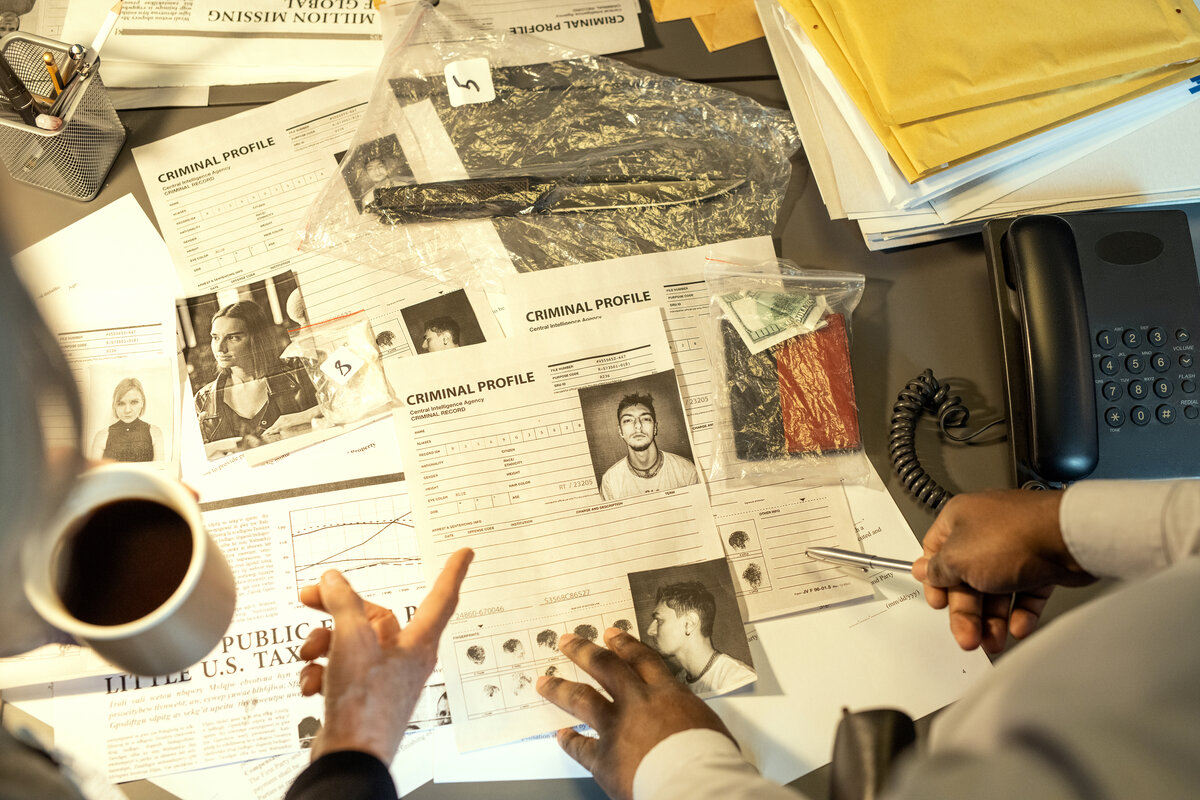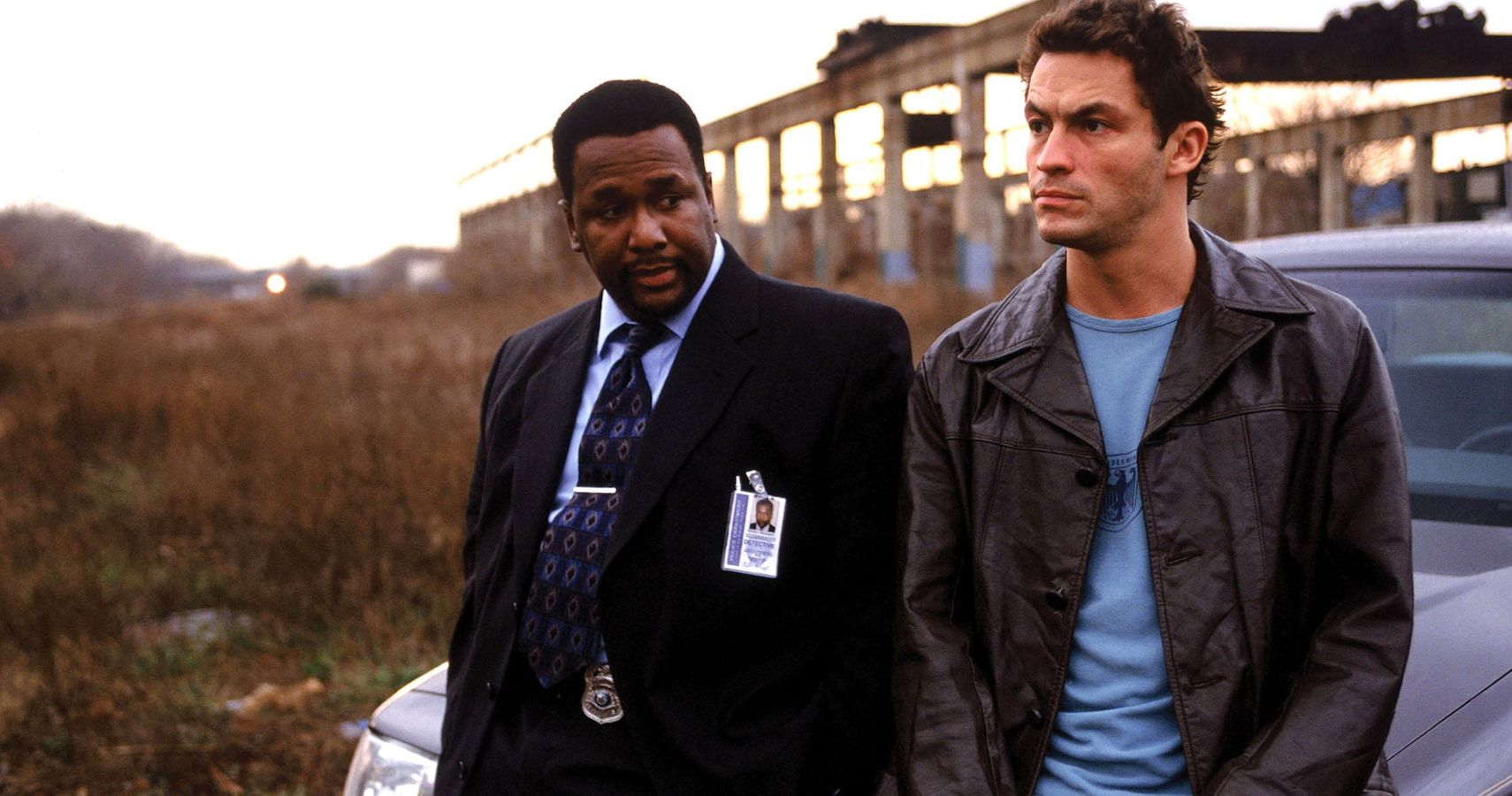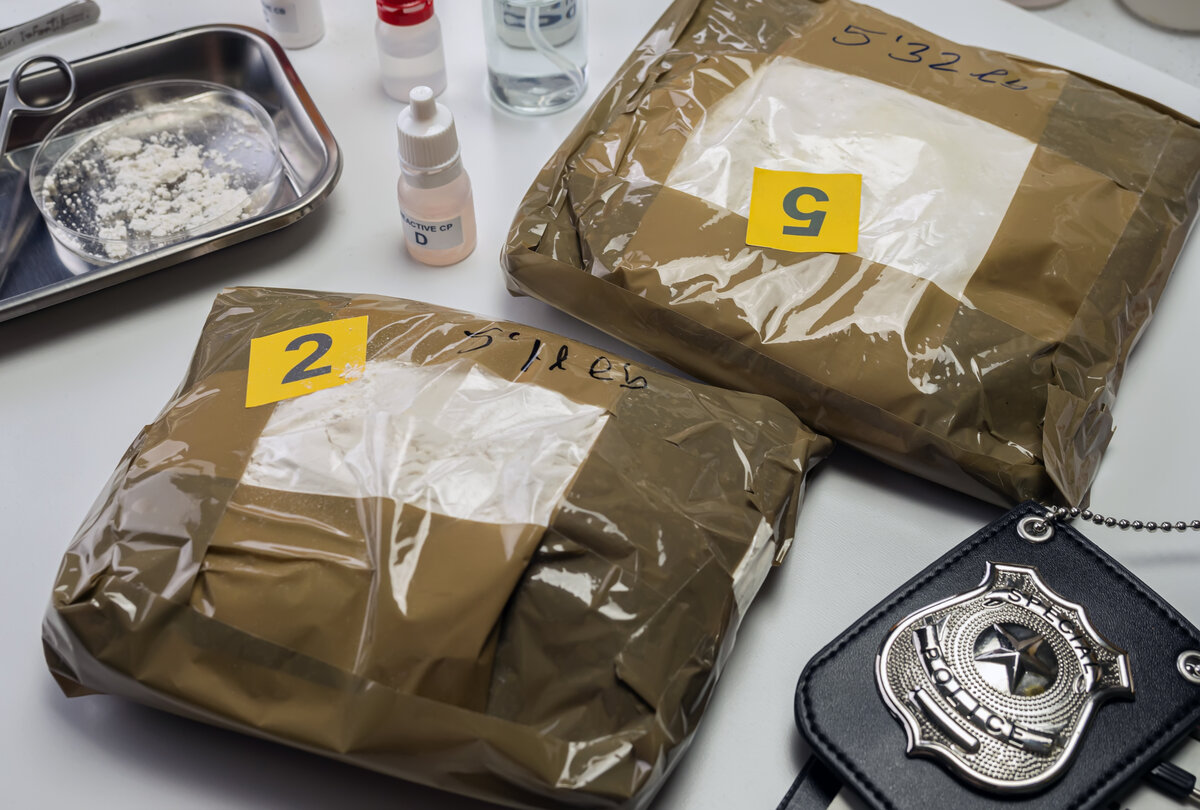
The Wire, often hailed as one of the greatest television series of all time, is more than just a crime drama. Created by David Simon, the show meticulously examines systemic corruption across various institutions in Baltimore, exposing the interconnectedness of crime, politics, law enforcement, and education. In this article, we’ll explore how The Wire portrays the pervasive nature of corruption and its consequences.
Institutional Rot: Corruption at Every Level
One of The Wire’s most striking aspects is its unflinching look at institutional corruption. From the police force to the court system, every institution is shown to be flawed and compromised, often prioritizing self-preservation over justice or reform.
The Police Force: Bent Cops and Bureaucracy
The Baltimore Police Department, a focal point of the series, is rife with bent cops, political agendas, and careerism. Officers are frequently shown manipulating crime statistics, known as “juking the stats,” to meet department quotas. This creates a façade of success while the actual problems—drug trade, violent crime, and systemic poverty—remain unaddressed.
Key figures like Major Bunny Colvin attempt to challenge this system but are met with resistance, demonstrating how even well-intentioned efforts are often stymied by bureaucratic inertia and corruption.
Political Corruption: Deals Over Justice
Politics in The Wire is portrayed as a game of power and self-interest. Figures like Councilman Tommy Carcetti embody the tension between personal ambition and the desire for reform. While Carcetti initially seems driven to improve Baltimore, his actions become increasingly self-serving as he climbs the political ladder.
The show highlights how conspiracies and backroom deals often replace genuine governance, leaving the city’s most vulnerable populations without meaningful representation.
The Drug Trade: A Mirror to Authority
The drug trade in Baltimore functions as a parallel institution, mirroring the structures and corruption found in the city’s formal systems. Characters like Stringer Bell and Avon Barksdale operate within a code, balancing power struggles, arrests, and betrayals in a way that eerily reflects corporate and political dynamics.
Stringer Bell: The Conspiracy of Ambition
Stringer Bell stands out as a character trying to legitimize his operations by adopting corporate practices. However, his downfall underscores the limitations of individual ambition within a system built on systemic crime and corruption.
Justice and the Courtroom: An Unfulfilled Promise
The court system in The Wire often serves as a backdrop to highlight the failure of justice. Cases are frequently thrown out due to procedural errors, political interference, or lack of evidence. Prosecutors and defense attorneys alike are shown to prioritize their win rates over actual justice.
The show poignantly critiques how the system fails not only the victims of crime but also the perpetrators, who are often products of their environment. The concept of “guilty” becomes a complex question of systemic causality rather than individual morality.
The Human Cost of Corruption
Perhaps the most heartbreaking aspect of The Wire is its portrayal of the human cost of systemic failure. From children like Dukie falling through the cracks of the educational system to officers like McNulty succumbing to self-destructive behavior, the series emphasizes the devastating impact of corruption and neglect on individuals.
Conclusion: A Call to Examine the System
The Wire offers no easy solutions. Instead, it challenges viewers to confront the realities of systemic corruption and the interconnectedness of societal institutions. By shining a light on these issues, the show invites us to question the systems we take for granted and consider how they might be reformed.
This article is just one piece in a broader exploration of The Wire. Stay tuned for more deep dives into specific characters, story arcs, and themes from this groundbreaking series.




